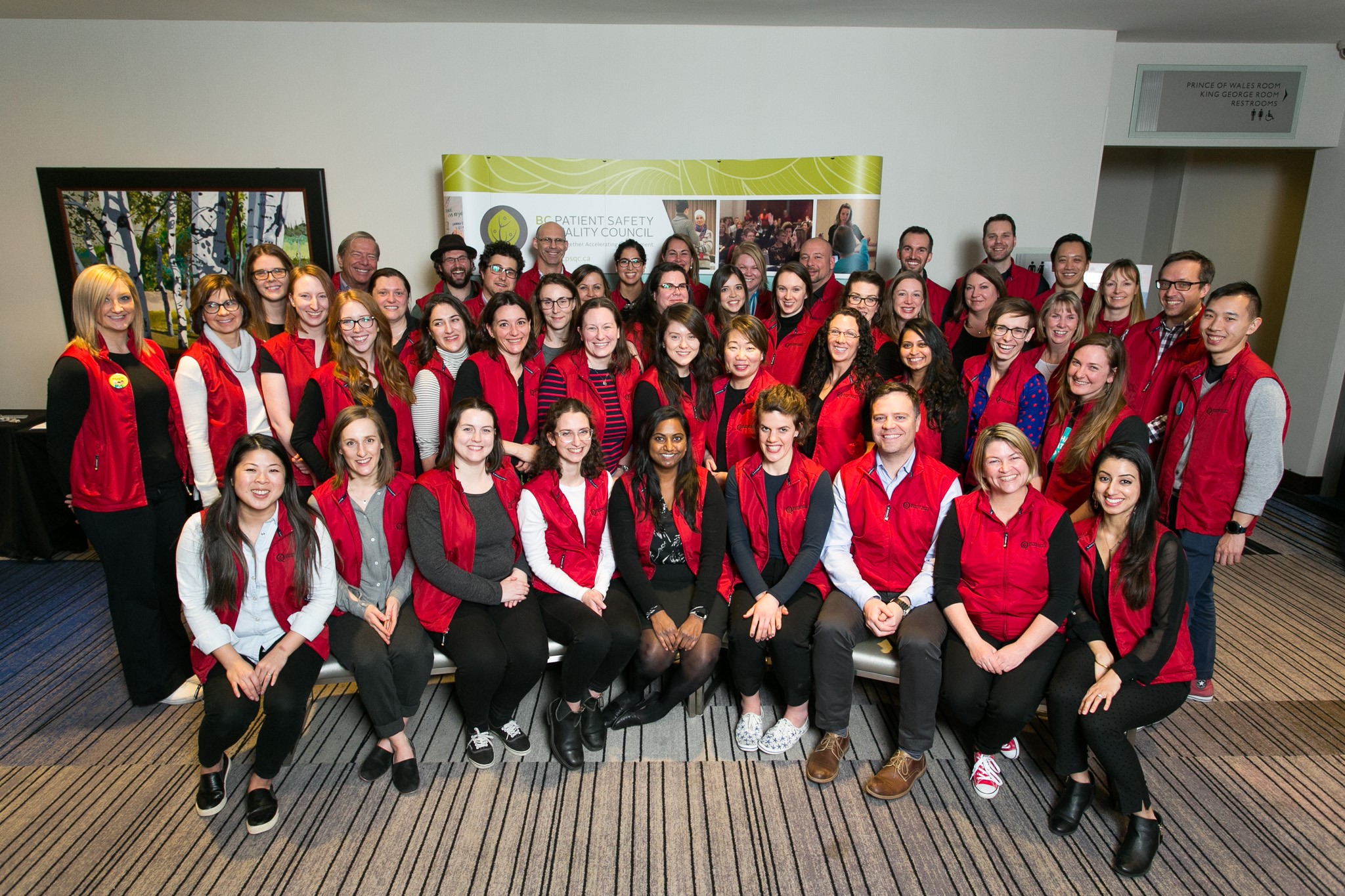Posted • Last updated
Categories: News & Events, Patient Voice Mail
Never underestimate the influence of sharing a patient’s experience with health care teams. Lelainia Lloyd didn’t know what to expect when she joined the Medical Imaging Advisory Council of BC as a patient partner.
“There were a lot of [doctors] and I don’t think they really knew what they wanted from a patient partner,” she said.

As an experienced Patient Voices Network patient partner, Lelainia dove right in to help shape the role and provided her voice to important discussions around making the best use of provincial medical imaging resources and improving conversation tools for patients.
“I asked if there was going to be a measured impact. I wasn’t interested in being a token patient,” said Lelainia. “I wanted to make an impact.”
And make an impact she has, on medical imaging teams across BC!
“Lelainia’s input has been invaluable to our council,” said Monty Martin, Chief of Diagnostic Radiology at BC Cancer and one of the council’s co-chairs. “Having a patient partner on our committee is not just symbolic but is a force for good.” The council used Lelainia’s patient experience feedback with medical imaging to help drive conversations about what’s important for excellent, person- and family-centred care.
Lelainia has also influenced medical imaging leaders across BC through an article she recently published in the Journal of Medical Imaging and Radiation Sciences, titled “A Tale of Two MRIs.” It describes her first MRI as well as one she received years later, and how different her experiences were because of how technologists approached her care.
“My friend, Sue Robins, was a guest editor for the journal. I thought of it as being a ‘mystery shopper’ and really paid attention to how staff were treating patients,” said Lelainia. “There was excellence and woah – things that were not ok. It doesn’t cost any more time or energy for excellence.”
According to Monty, “The article is so useful because it describes what it’s like to be a patient and how we can improve the experience. This is the first time patient partner feedback in a journal article has been shared with technologists through the BC Cancer Agency.”
Lelainia’s input has reached across the pond as well – medical departments in Ireland and Finland have made “A Tale of Two MRIs” required reading for their radiology training.
The council continues to steer its work to align with real-time needs for medical imaging. Lelainia has been actively involved in discussions on medical imaging appropriateness guidelines for family doctors and how to adapt services that focus on infection control during COVID-19.
“Lelainia has been a significant contributor to our work as a council and we know that patient partner input should always be included, as partners in care,” said Monty.
Lelainia has learned a lot from the council and has gained a better understanding of the challenges faced daily by medical imaging teams across BC.
Being behind the scenes really opened my eyes to the pressures our health care teams are facing. Health care teams are in impossible circumstances that need better empathy.”
While Lelainia recently ended her time with the council, both she and Monty have some words of wisdom on what’s important to consider when establishing meaningful patient engagement opportunities:
- Share the patient experience more often with front line teams. Lelainia’s article is a great example of why we shouldn’t underestimate the power of experience to influence care. .
- Reduce jargon and clearly define the patient role. Better yet, work with a patient partner to carve out a role that fits for both the team and the patient partner. “
- Include opportunities for continuous communication between the health care team and patient partners. Simple check-ins like, “How am I doing?” or, “How do you feel about my comments?” are good examples.
- Make sure there’s a great orientation. Preparing the team to work with a patient partner and creating comfort takes effort and focus.
- Seek opportunities to share the work you do, together. Conversation guides are a great example of how patient input helps develop an effective tool. Share them as wide and as much as possible.
The council continues to evolve its work to stay current with what’s needed for medical imaging in BC. As she moves on to other patient partner work, Lelainia reminds us that, “A lot of medical imaging is done across the province. Who better than somebody that does it a lot to provide feedback? I don’t think they understand the impact they are having. We can learn from each other and do better.”
Want to learn more about work underway to improve medical imaging appropriateness? The BC Patient Safety & Quality Council, which administers PVN, is leading Essential Imaging, a quality improvement initiative to help care providers, team leaders and staff members partner with patients to successfully initiate, test, implement and spread evidence-based best practices for appropriate medical imaging in five common areas in primary and emergency care.
Author: Jami Brown

